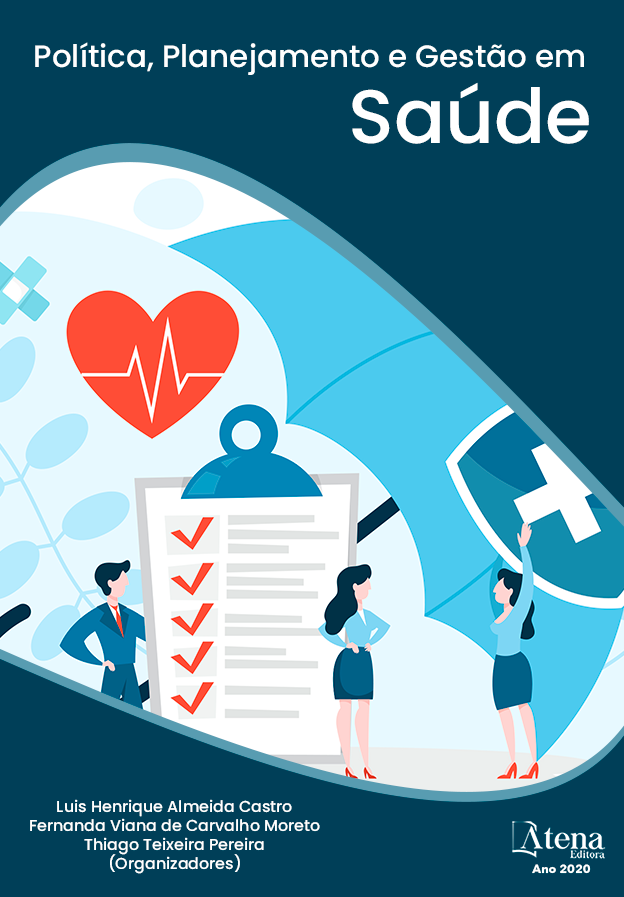
POLUIÇÃO MICROBIOLÓGICA DO AR INTRAMURAL EM UMA ESCOLA NA CIDADE DE LA PLATA E SEU IMPACTO NAS CONDIÇÕES RESPIRATÓRIAS
Os efeitos da poluição do ar em ambientes fechados receberam maior atenção em todo o mundo. As escolas são locais com alto nível de atividade e densidade populacional de crianças, onde diferentes poluentes de fontes internas e externas podem ser introduzidos e persistir por um longo tempo. A qualidade do ar interno em edifícios escolares é caracterizada por vários poluentes, como compostos orgânicos voláteis (COV), material particulado (PM2,5 e PM10), fungos e bactérias. Nesse contexto, o objetivo deste estudo foi descrever e caracterizar a contaminação microbiana presente na atmosfera interna de uma escola pública de nossa cidade em relação ao seu impacto nos distúrbios respiratórios de quem chega a esse estabelecimento. Os gêneros predominantes de fungos no ar isolados no ambiente interno da escola foram Cladosporium, Epicoccum, Ulocladium, Aspergillus, Fusarium e Penicillium. As bactérias predominantes neste trabalho foram algumas espécies pertencentes ao gênero Pseudomonas e Bacillus, adicionadas ao Micrococcus luteus, que persistiram nas diferentes estações amostradas. O monitoramento de fungos e bactérias mostra diferenças nos gêneros / espécies encontrados nas estações analisadas do ano, o que está correlacionado com a variação nas condições ambientais. Esse fato não parece estar afetando os parâmetros fisiológicos respiratórios das crianças avaliadas, pois estão dentro dos valores normais, conforme a literatura internacional. Quando comparados com a bibliografia internacional, mostram-se um pouco menores, destacando a importância de haver equações específicas para a região em estudo. Em estudos futuros, será feita uma tentativa de correlacionar os microrganismos encontrados com os perfis de compostos orgânicos de metabólitos voláteis (MVOC´s) e seus efeitos na saúde respiratória de um grupo de adolescentes da cidade de La Plata.
POLUIÇÃO MICROBIOLÓGICA DO AR INTRAMURAL EM UMA ESCOLA NA CIDADE DE LA PLATA E SEU IMPACTO NAS CONDIÇÕES RESPIRATÓRIAS
-
DOI: 10.22533/at.ed.00220280813
-
Palavras-chave: Poluição biológica, Qualidade do ar, Saúde, Ambientes escolares.
-
Keywords: biological pollution, air quality, health, School environments
-
Abstract:
The effects of indoor air pollution have received increased attention worldwide. Schools are places with a high level of activity and population density of children, where different pollutants from both indoor and outdoor sources may be introduced and persist for a long time. Indoor air quality in school buildings is characterized by various pollutants, such as volatile organic compounds (VOCs), particulate matter (PM2.5 and PM10), fungi and bacteria. In this context, the objective of this study was to describe and characterize the microbial contamination present in the indoor atmosphere of a public school in our city in relation to its impact with the respiratory disorders of those who come to that establishment. The predominant genera of airborne fungi isolated in indoor air of the college were Cladosporium, Epicoccum, Ulocladium, Aspergillus, Fusarium and Penicillium. The predominant bacteria in this work were some species belonging to the genus Pseudomonas and Bacillus, added to Micrococcus luteus, which persisted in the different sampled seasons. Mold and bacteria monitoring shows differences in the found genera/species in the assayed seasons of the year, which is correlated with the variation in environmental conditions. This fact does not seem to be affecting the respiratory physiological parameters of the evaluated children since they are within normal values, according to the international literature. When compared with the international bibliography, they show to be slightly smaller, highlighting the importance of having specific equations to the region under study. In future studies, an attempt will be made to correlate the found microorganisms with the profiles of volatile metabolites organic compounds (MVOC´s) and their effects on the respiratory health of a group of adolescents from La Plata city.
-
Número de páginas: 12
- Myrian Elizabeth Aguilar
- Pedro Brignoles
- José Viegas Caetano
- Marina Acosta
- Andrés Porta
- Andrea Astoreca


